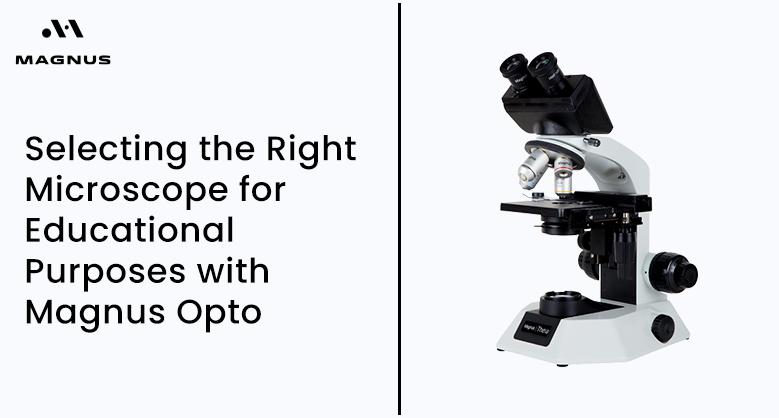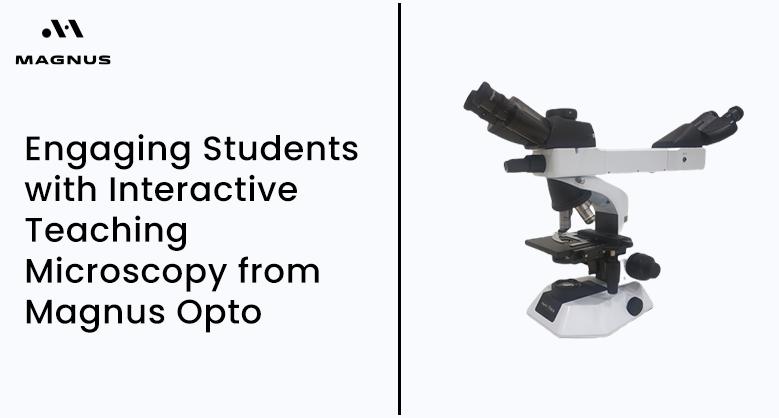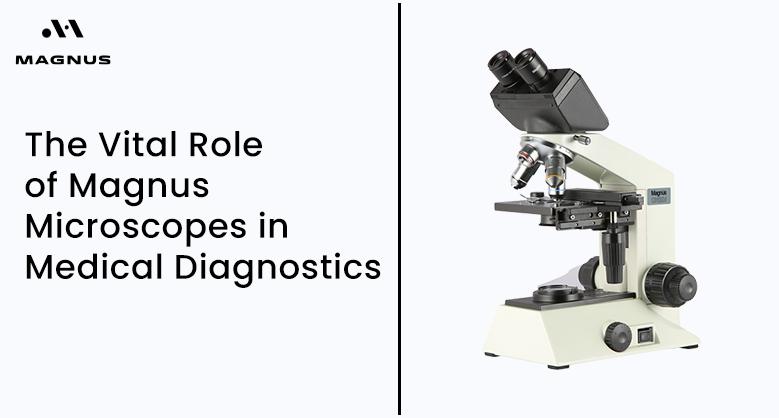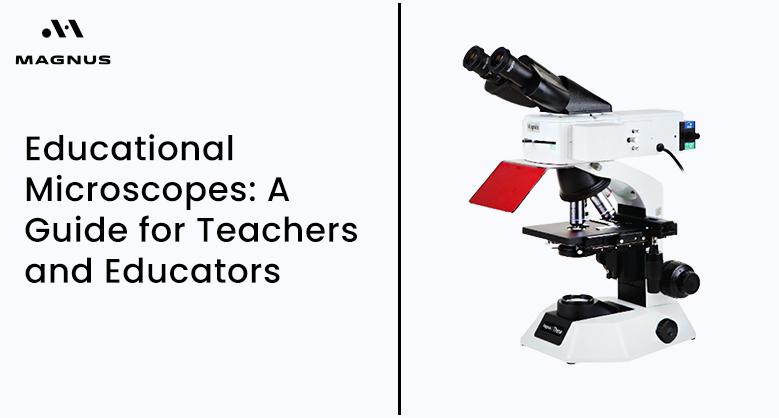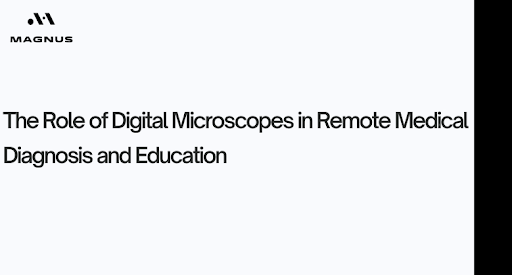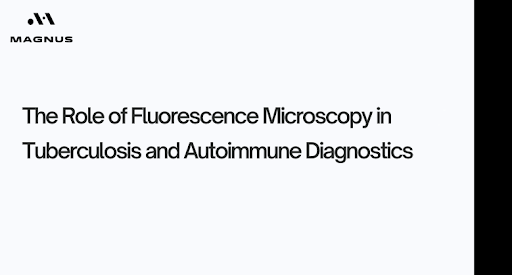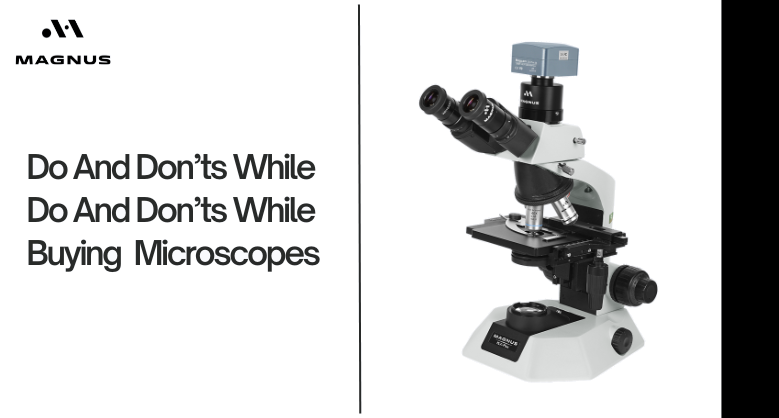Blog
Selecting the Right Microscope for Educational Purposes with Magnus Opto
If you’ve ever used a microscope in school, you understand the excitement of discovering the unseen world. Observing the fine structure of cells or exploring the details of insects can make science come to life. It offers hands-on learning that enhances understanding, unlike passive textbooks or online images.
Engaging Students with Interactive Teaching Microscopy from Magnus Opto
Imagine a classroom where students can explore the microscopic world in real time! Interactive Teaching Microscopy is a technologically advanced method that allows students to manipulate and discuss microscopic specimens in real-time. It combines digital imagery, live streaming, and interactive controls, perfect for collaborative learning.
The Vital Role of Magnus Microscopes in Medical Diagnostics
In medical diagnostics, precise observation is everything. The ability to observe and analyze samples at a microscopic level can be the difference between early detection and delayed diagnosis. This is where microscopes become indispensable.
Educational Microscopes: A Guide for Teachers and Educators
Are you looking for an engaging and effective way to spark curiosity in your students? Educational microscopes can be the key to transforming your classroom experience. Microscopes open the door to a world that is invisible to the naked eye.
The Role of Digital Microscopes in Remote Medical Diagnosis and Education
Imagine being able to peek into a patient's cells, tissues, or even their DNA without having to be in the same room. Sounds like something from a science fiction movie, right? Well, thanks to digital microscopes, this is now a reality, and it's revolutionizing the world of remote medical diagnosis and education.
What is Phase Contrast Microscopy and Why Does It Matter?
Imagine trying to view a mind-blowing small cell with no colouring or staining at all. Would you even be able to find it? It is absolutely difficult to see the fine details, don't you think? Well, welcome to phase contrast microscopy.
We can now look at the inner workings of living, translucent specimens without altering them with dyes or stains. If you're into science or biology or simply curious about how we see the microscopic world, phase contrast microscopy can help you with it. Let's break it down and see why this technique matters so much.
The Role of Fluorescence Microscopy in Tuberculosis and Autoimmune Diagnostics
Accurate and timely diagnoses are the most important for patients with complex diseases such as tuberculosis or autoimmune disorders. The field of medical diagnostics is continuously changing, but one tool that is gaining much popularity in this sector is fluorescence microscopy.
This latest technique is revolutionizing the way in which doctors and researchers make diagnoses about these diseases and grasp deeper insights into them. Let's look closer at how it's being used both in tuberculosis and autoimmune diagnostics.
Microscopes for Research: Why MagnusOpto is the Go-To Brand for Accurate, Reliable Results
When it comes to research, accuracy and reliability are paramount. Whether you're exploring the depths of cellular biology, conducting material science experiments, or researching any other scientific field, your microscope is your most important tool. That's where MagnusOpto comes in.
We are well noted for our new and latest technology, and our dedication to accuracy, MagnusOpto has become a more demanded brand by the research community of the world. Its microscopes are known to perform excellently, offering a variety of models catering to different needs, from basic observations to complex, high-tech imaging applications.
Do And Don’ts While Do And Don’ts While Buying Microscopes
The microscope is one of the most important lab tools for examining materials and specimens that are invisible to the human eye. The specimen is multifold and magnified by the optical device to make it visible to the human eye.
Microscopes are widely used in various fields as they can create high-quality, highly resolved, clear, and magnified images of specimens. They can be used in chemistry, manufacturing, petrology, microbiology, molecular biology, and cell biology, among other fields in life science.
How Magnus Microscopes Improve Precision in Medical Research
In the world of medical research, precision is paramount. Whether examining tissue samples, studying cellular structures, or diagnosing diseases, medical researchers rely heavily on advanced technology to achieve the highest levels of accuracy.




